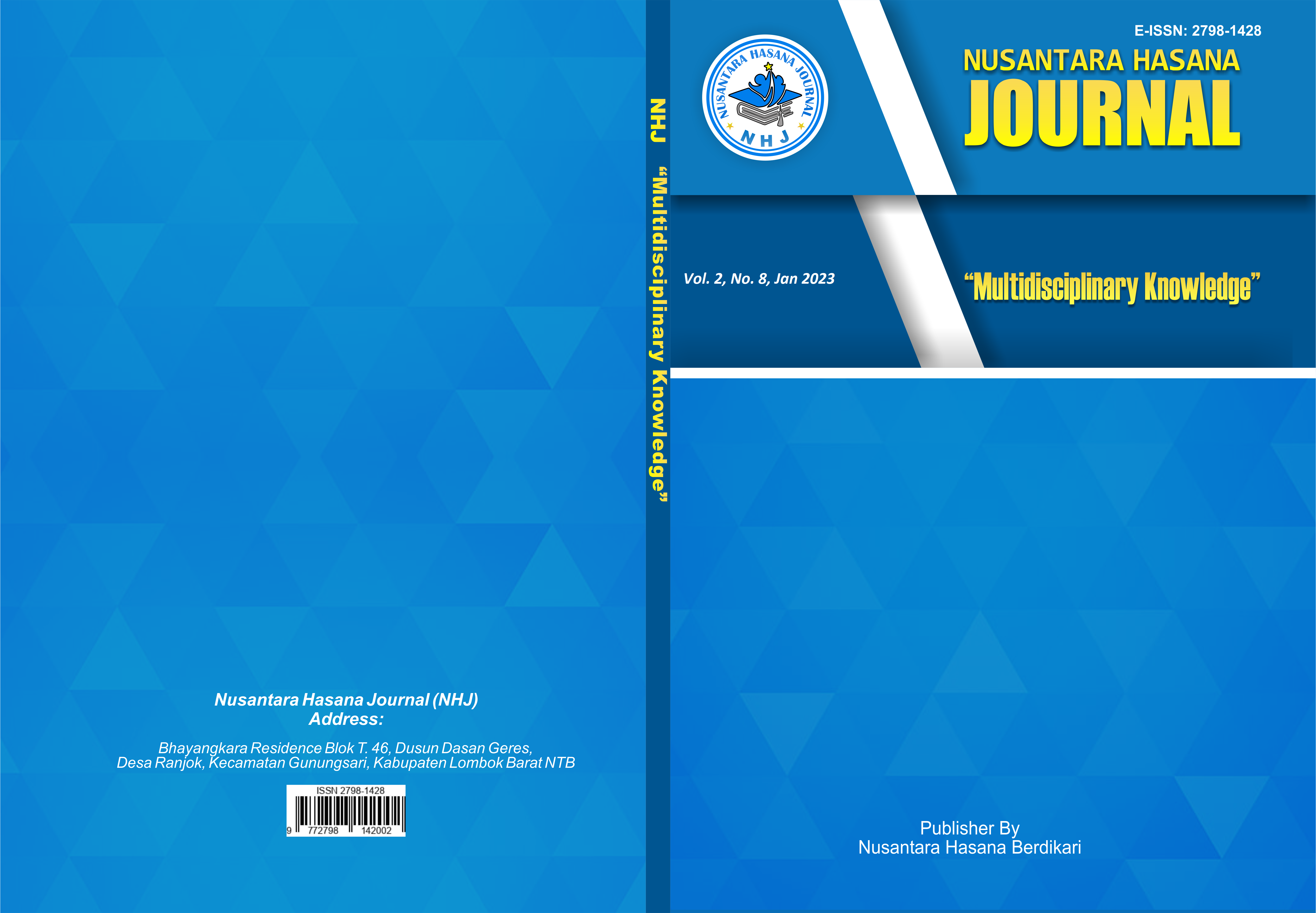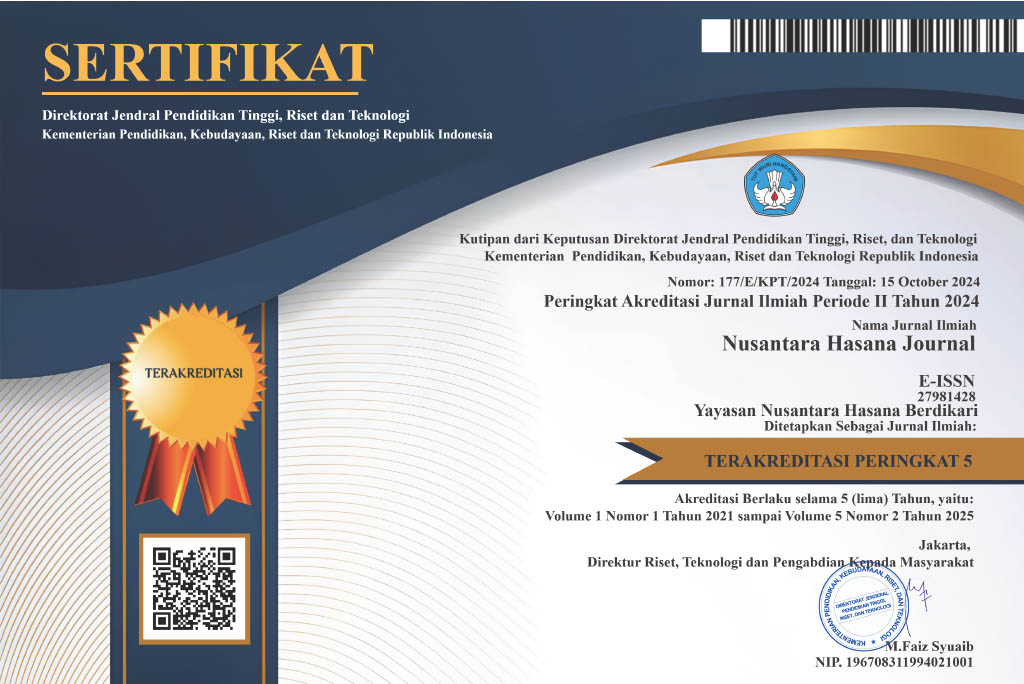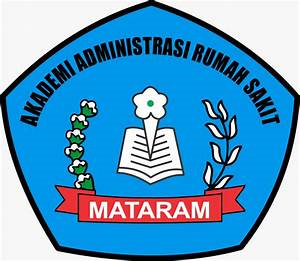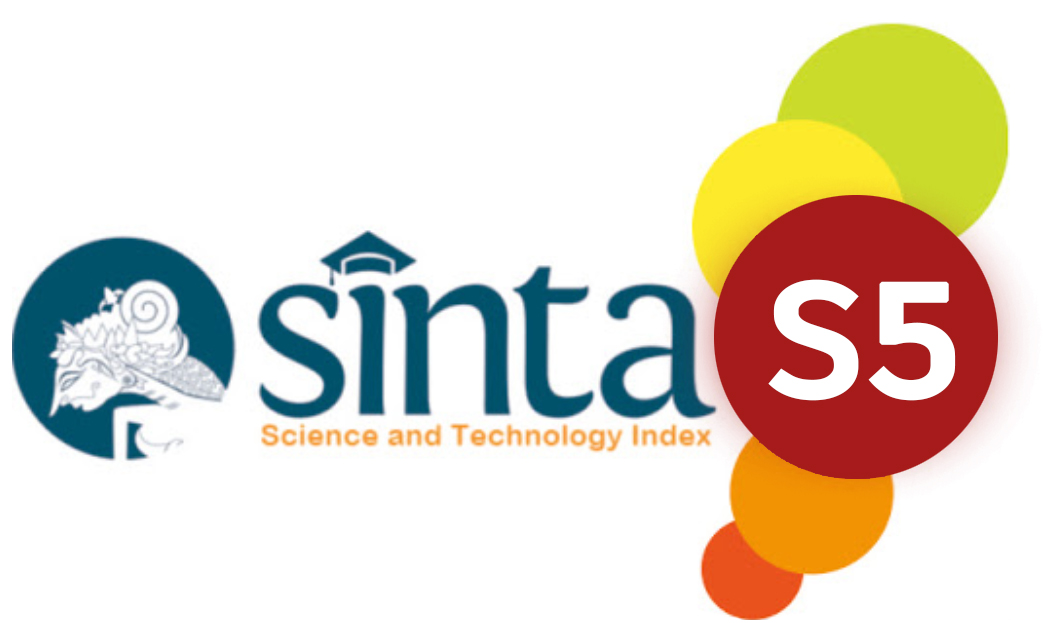THE EFFECT OF LAND CHANGE ON ENVIRONMENTAL CONDITIONS IN THE PERI-URBAN AREA OF SAWAHAN VILLAGE AND THE RELATION TO SUSTAINABLE CITIES AND SETTLEMENTS
Keywords:
land change, development development, green space, agglomerationAbstract
Sawahan Village is one of the villages in Boyolali Regency which acts as a bridge between the surrounding villages and the city of Surakarta which has undergone land changes for development development. Even though Sawahan Village is an urban area that should have a higher green space area than the gray space area. The purpose of this study was to determine the factors causing land changes and the effect of changes in the availability of green space for agricultural land as a result of development developments on environmental conditions in the peri-urban area of Sawahan Village, Ngemplak District, Boyolali Regency, and to determine the suitability of the conditions of Sawahan Village regarding the destination of the 11 SDGs. This study uses interviews, observation and triangulation with purposive sampling techniques so that the data used can be collected in the form of words and actions, written data sources, documentation and statistical data. Based on research results, in 2000 the condition of green space was wider than the gray space, while in 2010 and 2020 the condition of the gray space was wider than the green space. Changes in the availability of green space for agricultural land will affect the environmental conditions in Sawahan Village. From the aspect of the physical environment, land change has an impact on damage to land ecosystems and will have a sustainable impact on the occurrence of natural disasters such as floods and landslides. Land changes also affect the quality of groundwater, where 30% of the people of Sawahan Village are no longer using wells as their main source of clean water. The groundwater discharge in the well has also decreased, from 75% of respondents who own wells, as many as 50% said that the surface or well water debit has decreased. Apart from that, air quality will also be affected, where 30% of the people of Sawahan Village admit that there is a significant difference in air quality after the construction of the toll road. From the aspect of the social environment, 70% said that the environment where they live is still relatively good and the need for community facilities and infrastructure is more fulfilled. Meanwhile, from the economic aspect, it has an impact on changes in livelihoods, where 60% have community livelihoods in the non-agricultural sector which are supported by an increase in per capita income of the population. The effect of land change is of course also related to cities and sustainable settlements. Based on the goals of the 11th SDGs, Sawahan Village is classified as still reaching the Significant Challenges Remain level. This is because the targets achieved have been significant but there are still targets that have not been achieved. Therefore, development in Sawahan Village must prioritize and maintain aspects of sustainable development.
Downloads
References
Ariesy. T. M. 2015. Aglomerasi, Perubahan Sosial Ekonomi, dan Kebijakan Pembangunan Jakarta. Jurnal Ekonomi dan Kebijakan Publik. 6 (2) : 147-162.
Badan Penanggulangan Bencana Daerah. 2022. Data Hasil Pemetaan Daerah/Wilayah Rawan Bencana Kabupaten Boyolali. BPBD Kabupaten Boyolali : Jawa Tengah.
Dewi, N. K., dan I. Rudiarto. 2014. Pengaruh Konversi Lahan Terhadap Kondisi Lingkungan di Wilayah Peri-urban Kota Semarang (Studi Kasus: Area Berkembang Kecamatan Gunungpati). Jurnal Pembangunan Wilayah dan Kota. 10(2): 115-126.
Kustiawan. I, dan A. Ramadhan. 2019. Strategi Peningkatan Kualitas Lingkungan Kampung-Kota Dalam Rangka Pembangunan Kota yang Inklusif dan Berkelanjutan : Pembelajaran dari Kasus Kota Bandung. Journal of Regional and Development Planning. 3 (1) : 64-84.
Lubis, A. Z., A. E. Batubara, A. J. Siregar, A. A. Suhardi, D. A. Nasution, I. S. Tanjung, M. R. Pane, dan Y. Yusrizal. 2022. Meningkatnya Pertumbuhan Penduduk Berdampak Pada Terjadinya Alih Fungsi Lahan Hutan Di Sumatera Utara. JIKEM: Jurnal Ilmu Komputer, Ekonomi dan Manajemen. 2(1): 2134-2143.
Mau. S. D. I, A. M. Ndapamury, V. A. K. Dima, S. Y. J. Prasetyo, dan C. Fibriana. 2018. Analisis Ruang Terbuka Hijau Pada Kota Surabaya Menggunakan Citra Landsat 8 dan Metode Maximum Likelihood. Indonesian Journal of Computing and Modeling. 3 (1) : 24-29.
Meilani, S. S., W. Kartika, dan D. Navanti. 2020. Peningkatan Resapan Air Hujan dan Reduksi Sampah Organik di Wilayah Permukiman dengan Pembuatan Lubang Resapan Biopori. Jurnal Sains Teknologi Dalam Pemberdayaan Masyarakat. 1(2): 63-68.
Mubarokah, A., dan E. Hendrakusumah. 2022. Pengaruh Alih Fungsi Lahan Perkebunan terhadap Ekosistem Lingkungan. Jurnal Riset Perencanaan Wilayah dan Kota. 1-14.
Naqiyya. T, H. Kaskoyo, dan R. Qurniati. 2020. Sikap Masyarakat Terhadap Alih Fungsi Lahan Ruang Terbuka Hijau Menjadi Areal Pertambangan Batu. Jurnal Hutan Tropis. 8 (1) : 71-82.
Pejabat Pengelola Informasi dan Dokumentasi. 2018. Data Hasil Penyelenggaraan Perumahan dan Kawasan Permukiman Kabupaten Boyolali. PPID Kabupaten Boyolali : Jawa Tengah.
Prabowo, R., A. N. Bambang, dan S. Sudarno. 2020. Pertumbuhan Penduduk Dan Alih Fungsi Lahan Pertanian. Mediagro: Jurnal Ilmu-Ilmu Pertanian. 16(2): 26-36.
Rosana, M. 2018. Kebijakan Pembangunan Berkelanjutan yang Berwawasan Lingkungan di Indonesia. Kelola: Jurnal Sosial Politik. 1(1): 148-163.
Sadewo, M. N. dan I. Buchori. 2018. Simulasi Perubahan Penggunaan Lahan Akibat Pembangunan Kawasan Industri Kendal (KIK) Berbasis Celullar Automata. Majalah Geografi Indonesia. 32(2) : 142-154.
Saroh, I. 2020. Manfaat Ekologis Kanopi Pohon Terhadap Iklim Mikro Di Ruang Terbuka Hijau Kawasan Perkotaan. Jurnal Hutan dan Masyarakat. 12(2): 136-145.
Sasongko, W., I. A. Safari, dan K. E. Sari. 2017. Konversi Lahan Pertanian Produktif Akibat Pertumbuhan Lahan Terbangun di Kecamatan Kota Sumenep. Jurnal Plano Madani. 6(1) : 15-26.
Suligowski, R., T. Ciupa and W. Cudny. 2021. Quantity Assessment of Urban Green, Blue, and Grey Space in Poland. Urban Forestry and Urban Greening. 2-13.
Valent. C. G, S. Subiyanto, dan Y. Wahyuddin. 2021. Analisis Pola dan Arah Perkembangan Permukiman di Wilayah Aglomerasi Perkotaan Yogyakarta. Jurnal Geodesi Undip. 10 (2) : 78-87.
Wulandari, F., dan K. D. Priyono. 2017. Analisis Perubahan Penggunaan Lahan di Kecamatan Ngemplak Kabupaten Boyolali Tahun 2004 dan 2015 (Doctoral dissertation, Universitas Muhammadiyah Surakarta).
Zhang, M., F. Zhang, D. Chen, M. L. Tan and N. W. Chan. 2022. Urban Local Surface Temperature Prediction Using The Urban Gray Green Space Landscape and Vegetation Indices. Building and Environment. 2-14
Downloads
Published
How to Cite
Issue
Section
License
Copyright (c) 2023 Wahyu Gilang Hermawan

This work is licensed under a Creative Commons Attribution 4.0 International License.
NHJ is licensed under a Creative Commons Attribution-NonCommercial-ShareAlike 4.0 International License.
Articles in this journal are Open Access articles published under the Creative Commons CC BY-NC-SA License This license permits use, distribution and reproduction in any medium for non-commercial purposes only, provided the original work and source is properly cited.
Any derivative of the original must be distributed under the same license as the original.
























